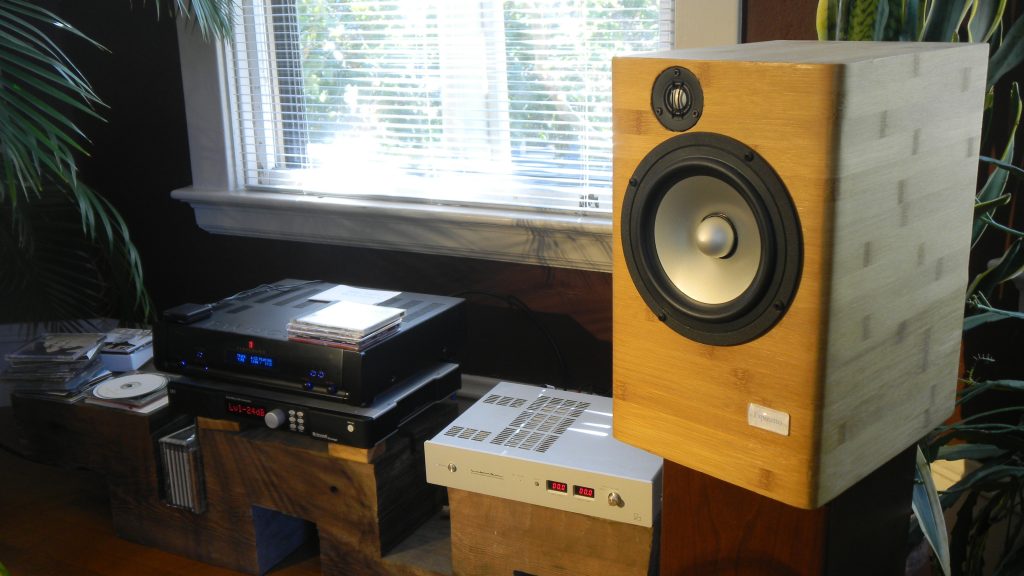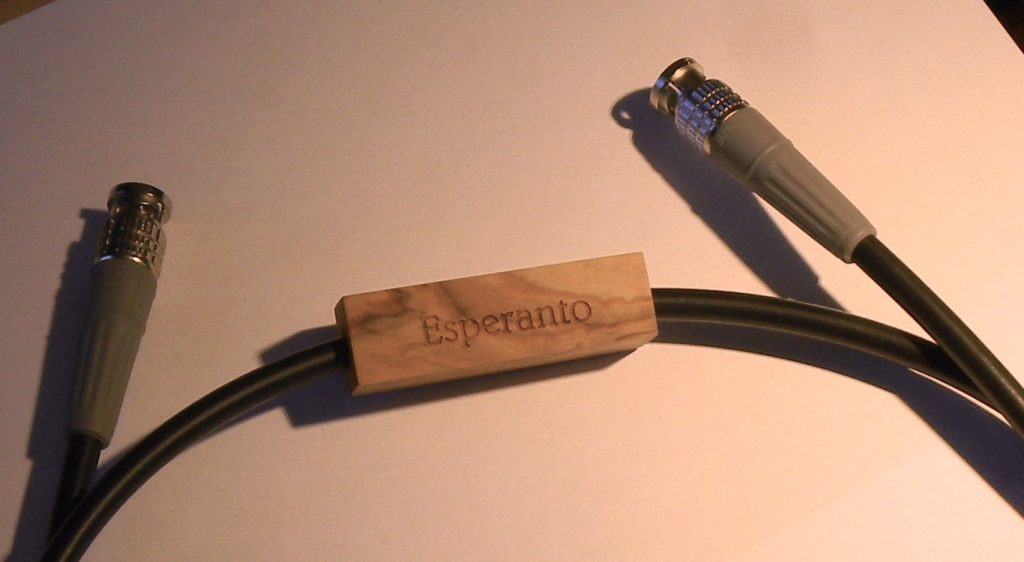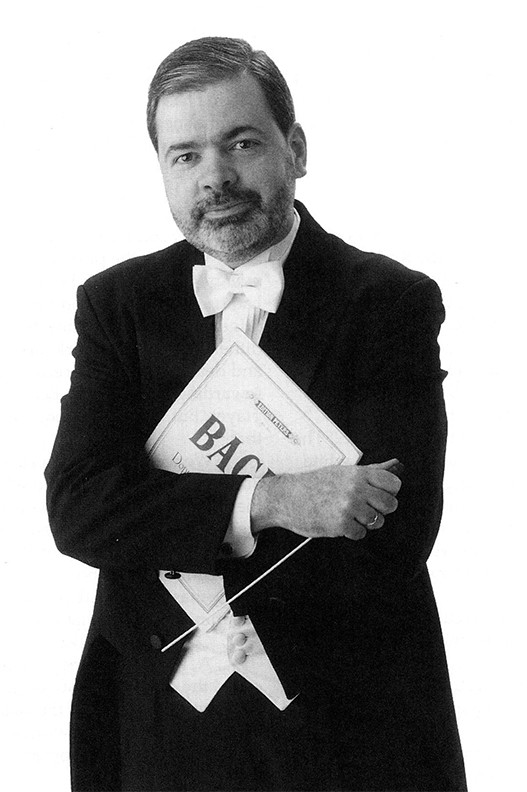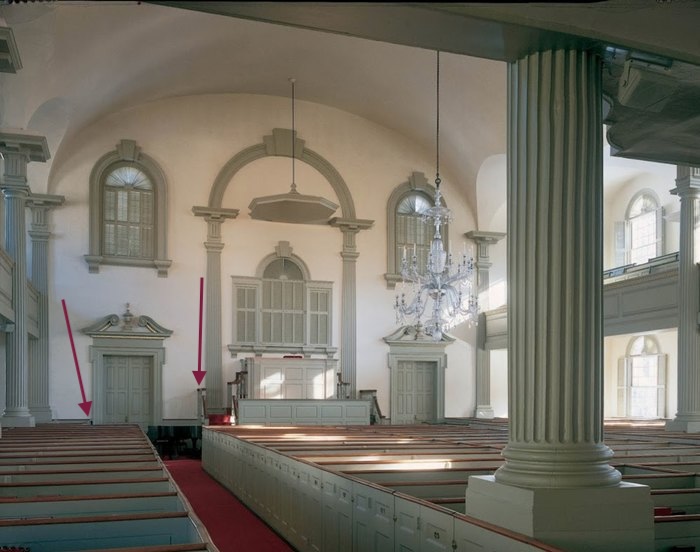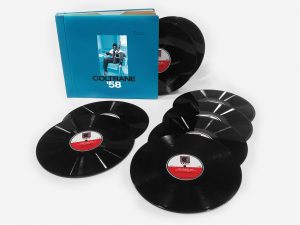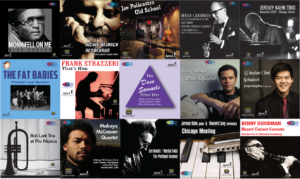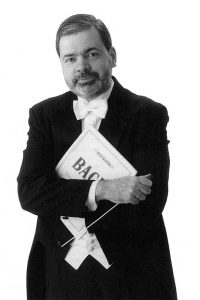Once again John Marks educates and enlightens us with his recommendation of a worthy recording from our audio treasures. "Some of the best recordings were done decades past" is a truth that is none the worse for being so true that is has become a truism.
Those who are newer to fine audio will want to educate their sensibilities with another golden nugget of classical music from the 1950s. That Shostakovich is a challenging artist, and an acquired taste, is a fact that I can attest to personally. He was certainly controversial in his time, due to the fact that he was a favorite of Stalin. That's somewhat like being an artist well-regarded by Hitler...just ask Leni Riefenstahl.
Nevertheless, march on. You won't know if you don't try.
BTW, note that you'll have to go to the link for John's related audio files to check his samples. We are trying to find a way to re-embed those files here, but this may take a while and some elbow grease on the part of the PF Webmaster. Please be patient.
Dr. David W. Robinson, Ye Olde Editor
David Oistrakh, Shostakovich Violin Concerto No. 1 (1956)
Recorded January 2, 1956, Carnegie Hall, New York City (with Cello Concerto No. 1). CD Sony Classical. Masterworks Heritage "Mono Era" Catalog No. 63327 (1998) No high-resolution download available, apparently. David Oistrakh, violin; the New York Philharmonic, Dimitri Mitropoulos, conductor. Mstislav Rostropovich, cello; the Philadelphia Orchestra, Eugene Ormandy, conductor.
Dmitri Shostakovich is something of a polarizing figure. The greatness of his music is not universally acknowledged. The nay-sayers suggest that the difficult circumstances of his life under Stalin (who fancied himself a music critic, and who published concert reviews under a pseudonym) cause people to disregard the disjointed weirdness of much of Shostakovich's output.
Liner-note writer David Fanning, writing about the late string quartets, characterized one of Dmitri Shostakovich's characteristic modes of expression as "anxious circling and a kind of crippled polka...." But that is only one of Shostakovich's modes of expression. There also can be found a kind of selfless monumentality; a humane nobility; and a reverence for the history of musical expression from Orthodox Chant to Mozart.
Those other, non-weird, features of Shostakovich's art I think were best expressed in his First Violin Concerto and in its première commercial recording in New York in 1956 by David Oistrakh, who was touring America during a brief warming in the Cold War.
Autodidact culture-vulture Marilyn Monroe was in the audience for Oistrakh's Carnegie Hall recital début in late 1955. Shortly thereafter, Oistrakh played the US première of Shostakovich's violin concerto with the New York Philharmonic, and within days, they recorded it. I think that recording, in very acceptable monophonic sound, is one of the most important recordings of the 20th century.
More, the sound bytes, and a YouTube after the jump.
Shostakovich was harried by the authorities, but, he was very fortunate to have artistic colleagues such as David Oistrakh and Sviatoslav Richter to inspire some of his most profound utterances. Oistrakh was accomplished at catching bad career breaks and in being in the wrong place in the wrong time, but his unlikely rise to prominence (he was a late bloomer, first on viola and then on violin) resulted in a depth of conception and a purity of expression few violinists have ever equaled.
Shostakovich dedicated his violin concerto (it was not the "First" violin concerto until the second one was written…) to Oistrakh in 1955. But Shostakovich very well might have finished it much earlier (he started it in 1948) but kept it in a desk drawer while waiting for Stalin to die. Shostakovich was of Polish-Catholic descent, and Oistrakh was Ukrainian-Jewish; and, as they say, even paranoids have enemies.
They were both presumptively politically unreliable, and it was said that when Oistrakh went on foreign tours (right up to his end), either his wife or his son had to stay in Moscow to guarantee his return. And on the subject of defecting: I have always had a soft spot for Viktoria Mullova, because when she defected to the West while performing in Finland, she left the Stradivari violin she had on loan from the State on her hotel bed, in its case. No thief, she.
To the music. [For sample audio files referenced here, and following below, please go to the TTG site HERE.]
The concerto is symphonic in form (four movements) and is of highly serious purpose. Oistrakh described the violin part as "a pithy ‘Shakespearian' role." (One measure of Shostakovich's seriousness is that he was one of the two co-founders of the Gustav Mahler Society of the Soviet Union.)
The first movement is moderately paced. The opening is brooding and lonely, but the violin is cautiously songful. The movement is titled "Nocturne," but this music is not the same kind of night music the other moderns Schoenberg and Bartók wrote. The orchestra does not seem so much to threaten as to warn and console. Some conceive this movement to be Shostakovich's tribute to Edward Elgar's cello concerto.
The second movement is a Scherzo. While it does not contain anything you could call "anxious circling and a kind of crippled polka," you could perhaps characterize it as circus music for prison-camp inmates. The fluidity of Oistrakh's passagework is nothing less than astonishing. Oistrakh did offer advice on the work, which Shostakovich accepted; but even so, this remains among the most demanding of all violin concerti. I think that Shostakovich planned that the circus atmosphere of the second movement would serve as a kind of foil for the monastic and tragic third movement, which is the center of gravity of the work.
Shostakovich Violin Concerto No. 1, Mvmt II (Scherzo), opening
The third movement is a set of loose variations in Passacaglia form. I have long thought that the powerfully compelling opening of the third movement, which is also the beginning of the Passacaglia theme (orchestration simplified):
Shostakovich Violin Concerto No. 1, Mvmt III (Passacaglia), measures 1-2 is a unison retrograde semi-inversion of the "Fate" motto of Beethoven's Fifth symphony.
In other words, it's Beethoven's most famous theme, except backwards and (mostly) upside-down. But, I could be reading into it something that Shostakovich did not consciously intend. To put it more simply, instead of Beethoven's da-da-da DAAH…
Shostakovich opens with DAAH da-DA-DA.
That analysis of course is not an example of exact mathematical perfection, or of architectural symmetry. Perhaps it was the case that Shostakovich wanted his tragic movement to start with a powerful invocation, and his weighty four-note gesture ended up something like Beethoven's ubiquitous theme, except backwards and upside down.
The violin enters by taking up a version of the Passacaglia theme, speaking only one note at a time (later in octaves), but eventually devolving to the point where the violin sounds out the rhythm (but not the tune) of the theme by playing one single repeated note. As far as I am concerned, this part of the slow movement is as close to Orthodox Chant as Shostakovich could get, without getting shot without a trial.
Shostakovich Violin Concerto No. 1, Mvmt III (Passacaglia), repeated-note section
What a world of suffering and pain (but perhaps also faith) Shostakovich and Oistrakh summon, in a passage that could be played by anyone with three weeks of violin lessons behind them. The transcendent humanism of this recording truly makes it one of the most important of the 20th century.
I love Barber's violin concerto; however, its slow movement is heartbreakingly lovely, but little more. Whereas Shostakovich's slow movement is one of the highest achievements of Russian literature. That's because it really asks, "How then should we live?" There is absolutely nothing else like it in the entire violin literature–except of course Bach's D-minor Partita and (perhaps) the second movement of Beethoven's concerto.
For a fourth movement, having already used Scherzo, Shostakovich had to fall back upon Burlesque. About 12 seconds before the end, the THUD-thud-thud-thud motto is heard one last time, in the horns.
Shostakovich Violin Concerto No. 1, Mvmt IV (Burlesque), ending
Again, Oistrakh's technique is at a near-incomprehensible level.
There is no hi-res download that I can find, and the CD-quality download costs far more than a used CD on eBay and about the same as a new CD, so I'd say, go for the CD.
This is not music for Friday cocktail time, but, if you are serious about music, this is a performance you should know.
There is a complete performance on YouTube, with Staatskapelle Berlin, Heinz Fricke, conductor (Berlin 1967).




